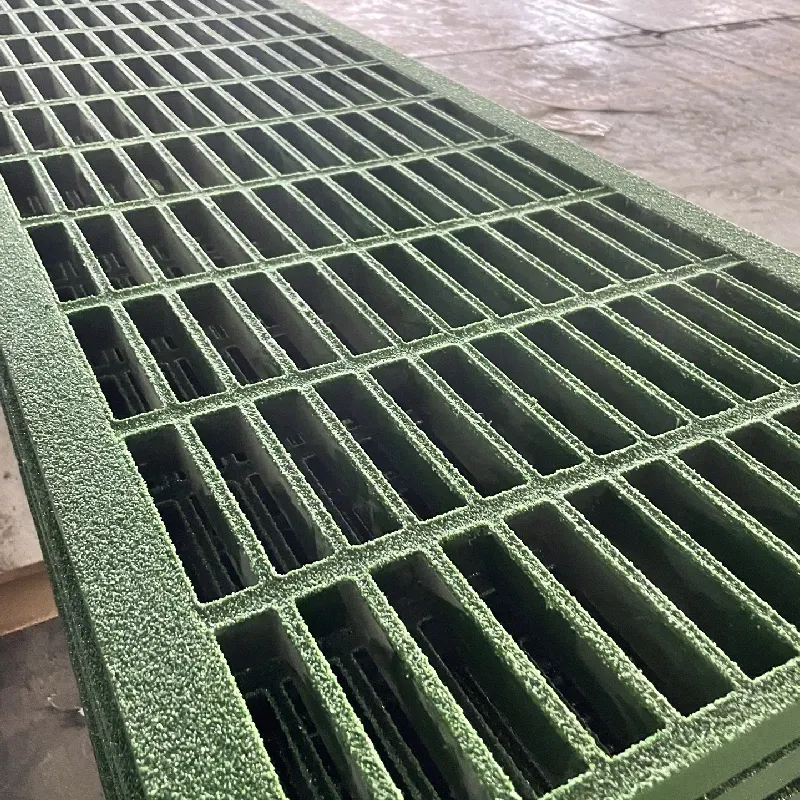loading...
- No. 9, Xingyuan South Street, Dongwaihuan Road, Zaoqiang County, Hengshui, Hebei, China
- admin@zjcomposites.com
- +86 15097380338
- Welcome to visit our website!
glass fiber reinforced polymer gfrp rebar
The Benefits and Applications of Glass Fiber Reinforced Polymer (GFRP) Rebar
In recent years, the construction industry has witnessed significant advancements in materials science, leading to the development of innovative alternatives to traditional reinforcing materials. One such advancement is the introduction of Glass Fiber Reinforced Polymer (GFRP) rebar. As an engineered composite material, GFRP rebar is rapidly gaining popularity due to its unique properties that provide numerous advantages over conventional steel rebar.
Composition and Properties
GFRP rebar is composed of a polymer matrix reinforced with glass fibers, which contribute to its high tensile strength and low weight. The absence of corrosion-prone materials in GFRP significantly enhances its durability, making it an ideal choice for structures exposed to harsh environments, such as marine applications, chemical facilities, and areas with high humidity. GFRP rebar does not rust or corrode, which leads to a longer lifespan for reinforced structures and reduces maintenance costs over time.
Another key characteristic of GFRP is its lightweight nature. Compared to traditional steel rebar, GFRP rebar is approximately one-third the weight, allowing for easier handling and installation. This can lead to reduced labor costs and shorter project timelines. The non-magnetic properties of GFRP also make it suitable for applications in sensitive environments, such as medical facilities and data centers where electromagnetic interference could be problematic.
Design Flexibility and Economic Benefits
The flexibility in design that GFRP rebar offers is another significant advantage. Unlike steel, GFRP can be manufactured in various shapes and sizes to meet specific structural requirements. This capability enhances design options for architects and engineers, enabling the creation of complex structures without compromising on strength and safety.
glass fiber reinforced polymer gfrp rebar

From an economic perspective, although the initial cost of GFRP rebar may be higher than traditional materials, the long-term savings can be substantial. The reduced need for maintenance, lower repair costs, and extended lifespan of structures contribute to a lower total cost of ownership. Additionally, the lightweight nature of GFRP can reduce transportation and labor costs on-site.
Applications
GFRP rebar has proven to be effective in various applications across different sectors. In civil engineering, it is used in roadways, bridges, and tunnels, where its resistance to environmental deterioration is crucial. In marine construction, GFRP is utilized for docks, piers, and sea walls, ensuring durability against saltwater corrosion. Moreover, it finds applications in precast concrete elements, overlays, and rehabilitation projects.
In the field of industrial and commercial construction, GFRP rebar is increasingly being adopted for buildings that require significant non-corrosive reinforcement. Its suitability for environments such as waste treatment plants and chemical processing facilities underscores the material’s versatility.
Conclusion
In conclusion, Glass Fiber Reinforced Polymer (GFRP) rebar presents a compelling alternative to traditional steel reinforcement. With its unique combination of lightweight, corrosion resistance, design flexibility, and long-term economic benefits, GFRP rebar is positioned as a game-changer in modern construction practices. As the industry continues to evolve and embrace sustainable practices, materials like GFRP will play an essential role in building resilient and durable structures for the future. As more engineers and architects recognize the advantages of GFRP, its adoption is likely to increase, paving the way for innovations in design and construction techniques.
-
Transform Your Spaces with FRP Grating SolutionsNewsNov.04,2024
-
The Versatility and Strength of FRP RodsNewsNov.04,2024
-
The Excellence of Fiberglass Water TanksNewsNov.04,2024
-
The Benefits of FRP Grating for Your ProjectsNewsNov.04,2024
-
Elevate Your Efficiency with FRP Pressure VesselsNewsNov.04,2024
-
Welcome to the World of FRP Pressure VesselsNewsOct.12,2024
-
Unveiling the Future of Filtration: Why FRP Filter Vessels are a Game ChangerNewsOct.12,2024
